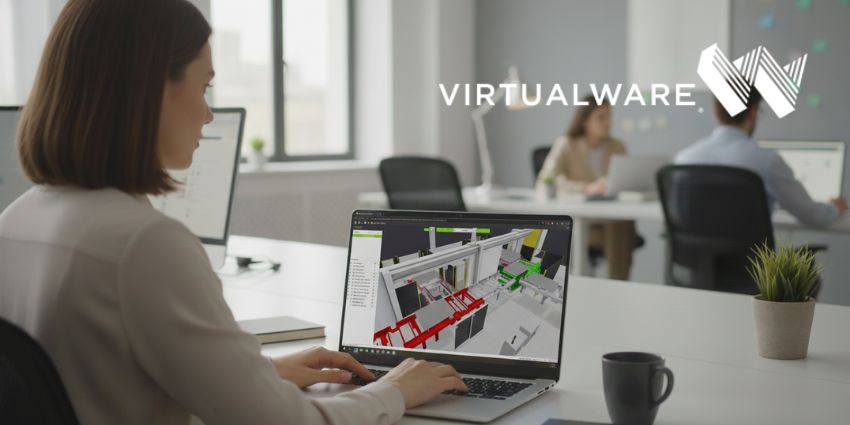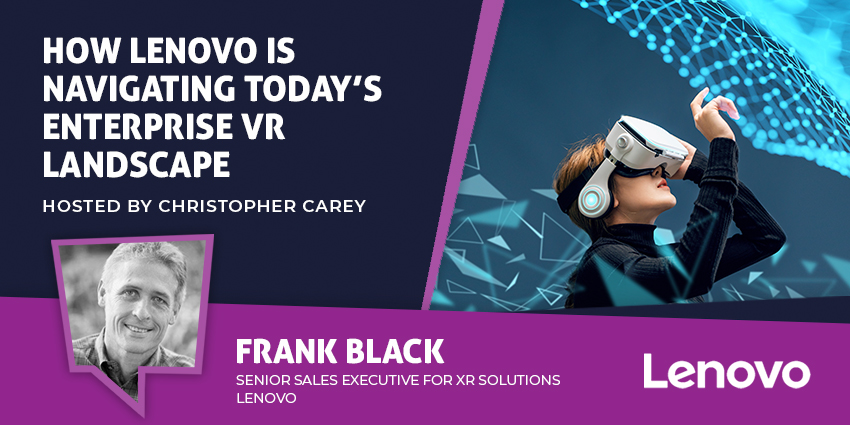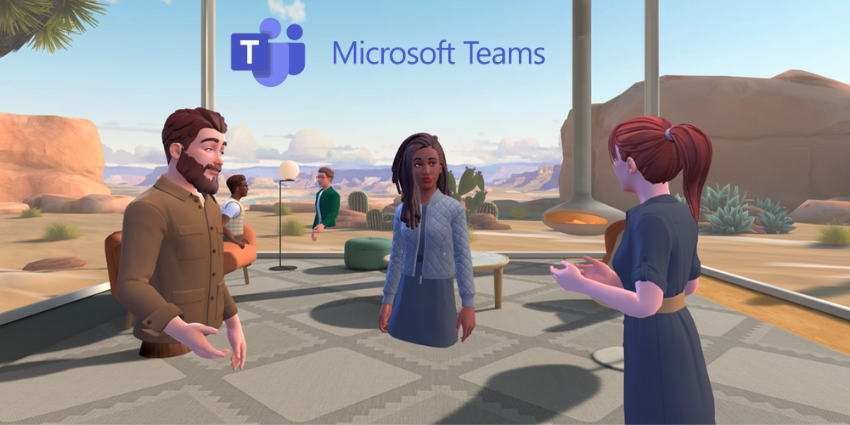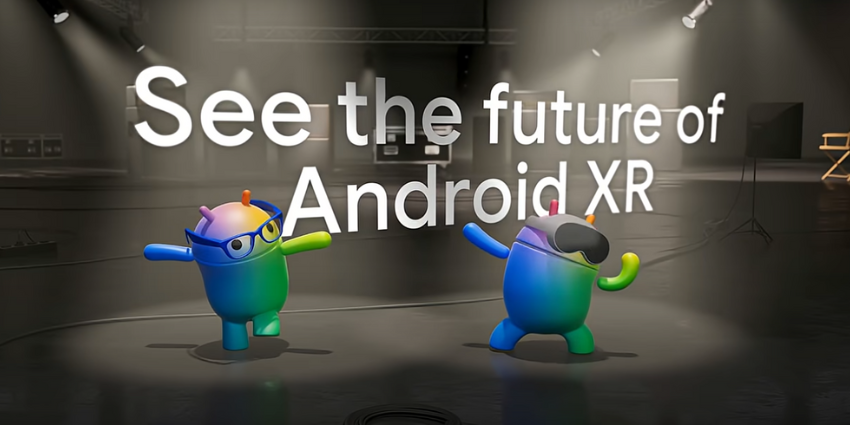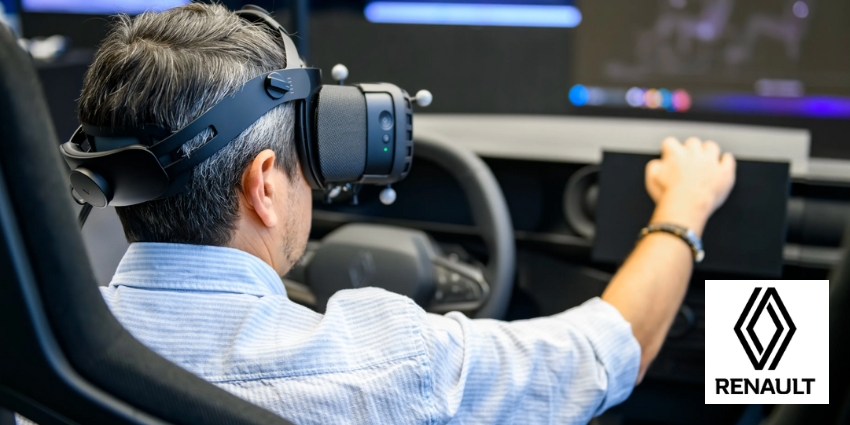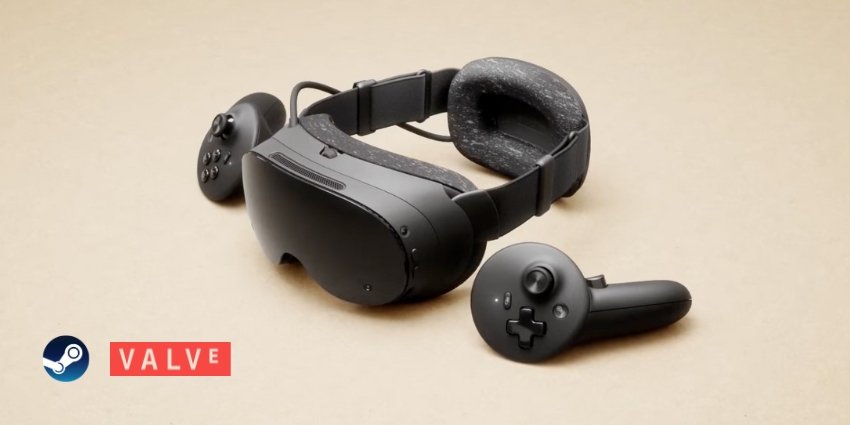Are XR digital twins better for workplaces than traditional 3D workflows? Increasingly, the evidence suggests that the answer is a resounding “yes”. For years, traditional simulations and digital twins created with 3D software has helped countless organizations to streamline production cycles, boost process efficiency, and reduce costs. However, XR solutions introduce new opportunities.
With extended reality (augmented, virtual, and mixed reality) devices and digital twins, teams can do a lot more than review or rotate a 3D model on a screen. They can step into virtual versions of environments, experiment with processes, and leverage data to make better decisions in real time.
So, are digital twins better for workplaces? And what happens when you supercharge those twins with augmented, virtual, or mixed reality?
The Challenges of Traditional 3D Workflows
To answer the question: “Are XR digital twins better for workplaces?” than traditional 3D workplace management tools, we first need to identify the challenges with old-fashioned systems. Many companies still use traditional software today to create 3D visualizations of products, office spaces, and environments. However, these solutions suffer from various issues, like:
- Stale Data: In a typical scenario, you have a CAD rendering or a 3D simulation from the design phase. The moment real-world changes happen, the model becomes outdated. Someone has to update the file manually. Often, the model lags behind reality.
- Limited Interaction: A static 3D model on a screen looks nice, but it’s not exactly immersive. Designers and stakeholders might guess how people will move through a space or how a machine will perform under certain conditions, yet they can’t walk around it, push real-time sensor data into it, or collaborate inside it.
- Siloed Data: In many companies, one department uses software A, another uses software B, and the twain shall never meet. This siloed setup creates a fragmented view of the workplace. If facility data doesn’t sync with operational data, how do you make intelligent decisions?
- Reactive, Not Proactive: Traditional 3D workflows can’t usually predict when equipment will fail or a space will overcrowd. Without real-time data, you’re stuck reacting after the issue happens – shutting down an assembly line because something broke or rearranging an office long after employees have complained about bottlenecks.
- Inefficient Collaboration: With traditional tools, you’re sharing a static version of information with different colleagues. They might add comments or red lines, but it’s all disconnected. Schedules slip. Mistakes happen. You’re not jumping into a shared virtual environment to collectively make decisions.
Are XR Digital Twins Better for Workplaces?
So, why are XR digital twins better for workplaces than traditional 3D workflow management strategies? First, replacing traditional simulations and 3D workflows with digital twins informed by real-time data introduces a huge advantage.
Traditional 3D workflows (e.g., CAD-based designs and standard VR tours) help you visualize a space or a process. But they’re stuck in time. If your facility’s temperature rises or a machine breaks, the old model won’t know unless you manually update it. Digital twins access real-time data and reflect the current state of your physical world. They provide:
- Live Data Integration: You see occupant flow, machine performance, or energy use in real-time, reducing the need for guesswork.
- Analytics and Prediction: AI can forecast when a system will fail or a resource is underused and even use AI apps to make suggestions.
- Closed-Loop Upgrades: Insights from the digital twin can instantly guide changes in the real world, which then feed back into the twin.
Why are XR Digital Twins Better for Workplaces?
Add XR to the mix, and the benefits of digital twins for workflow management significantly increase. Once you can embed team members into the data and virtual environments you’re creating, your workplace management capabilities expand exponentially.
Extended reality helps teams interact with digital twins more effectively. For instance, a design team reviewing a virtual version of their manufacturing plant can walk around the setting, access performance metrics in real-time, and collaboratively plan improvements.
Here’s why XR digital twins are better for workplaces than traditional 3D models.
Faster, More Immersive Collaboration
In a standard 3D workflow, you can share files with teams and hope everyone interprets them correctly. With XR in the mix, your global team uses headsets or AR smart glasses to explore and engage with the digital twin. They can test processes and explore data in a shared virtual environment, and access real-time feedback from subject matter experts.
For instance, TotalEnergies uses RealWear headsets and digital twins, combined with Microsoft Teams, to allow staff members to collaborate on complex maintenance strategies.
Next-Level Training and Onboarding
One of the biggest pain points in traditional workplaces is training. A lot of companies have to throw beginners into real-world scenarios, or make them learn from static manuals. So, are XR digital twins better for workplaces from a training perspective? Absolutely.
With XR-driven digital twins, trainees can operate in a virtual environment, and learn how to use technologies without risk. For instance, Emirates airlines uses digital twins and immersive learning platforms to guide employees through simulations of various aircrafts, reducing dependence on physical simulation tools.
Live Maintenance and Remote Support
Static 3D models are great for basic analysis and design strategies, but they lack access to real-time data and make it harder for team members to experiment with process and design changes quickly. XR-enabled digital twins address this problem.
They offer access to real-time data in AR overlays or virtual simulations and allow companies to access guidance and support from team members. They can even empower proactive maintenance, allowing companies to track real-time continuous feeds of data they can use to tackle potential problems before they get out of control.
Cost-Effective Experimentation
One of the major things that makes traditional 3D workflow management tools problematic for modern teams is that it’s often very difficult to predict what “might” happen when you change something in a process or product design.
Digital twins, combined with AI technologies and XR, allow teams to use data to create simulations of what might happen as a result of various changes. You can test out scenarios, like what might happen if your machinery is exposed to increased heat, and use historical data to predict outcomes.
In XR, team members can then apply changes, and experiment in an immersive way with methods of addressing problems, overcoming challenges, or improving productivity.
Are XR Digital Twins Better for Workplaces? Cost vs ROI
Combining XR and digital twins with workflow software, AI tools, and processes can be expensive and complex. You may need to invest in sensors, integration consultants, and training. Plus, there are the hardware costs of paying for headsets to consider, too.
While the price of many enterprise-grade headsets is beginning to drop, the initial expense can still be difficult for some businesses to navigate. However, the return on investment of upgrading to XR-powered digital twins can be massive,too. For instance, you’ll benefit from:
- Less Downtime: Predictive maintenance and remote support slash emergency repairs.
- Optimized Real Estate: You discover which floors or buildings are underused, potentially saving millions on leases.
- Faster Design Cycles: Virtual prototyping and real-time feedback cut production lead times.
- Enhanced Collaboration: Fewer errors, quicker decisions, and minimal travel—leading to big cost savings.
For instance, with XR and digital twins, Clorox reduced the time it took to conduct audits significantly and saved around $949 per person. Combine those savings across thousands of employees, and you have a serious ROI story.
The Benefits of XR Digital Twins: Real-World Examples
Clorox isn’t the only example that helped us to answer the question: “Are digital twins better for workplaces?” Many other organizations have seen significant improvements by upgrading old-fashioned workflow management strategies with XR-enabled digital twins, such as:
- NASA: NASA’s Langley Research Center built a digital twin of its 300+ buildings and facilities. Staff now use XR to plan renovations, handle flood prevention, and manage real-time maintenance tasks, reducing costs and improving productivity.
- Boeing: Boeing, meanwhile, integrated digital twins across design and manufacturing, seeing up to 40% fewer defects in certain parts. That success is partly due to using XR for collaborative design reviews – engineers can walk around the aircraft in VR, tweaking designs before cutting metal.
- Tesla: Tesla collects real-time vehicle data and feeds it into a digital twin for each car. They then update software based on real-world performance. If they need to test a new autopilot feature, they can run millions of virtual miles in simulation. When you add XR to the mix, Tesla engineers can jump inside a shared VR environment, discussing changes on the “car” itself in real-time.
Are XR Digital Twins Better for Workplaces?
So, are XR digital twins better for workplaces than plain old 3D workflows? Absolutely.
Traditional CAD or VR simulations can give you a decent glimpse of a future office layout or a machine in action. But they don’t adapt to real-time changes, or allow you gather a global team in one immersive environment.
If you’re looking for an intuitive way to upgrade workplace management, improve productivity, enhance innovation, and reduce costs, XR digital twins could be the answer. Learn more about how digital twins are transforming workplace operations here. Or, if you’re ready to dive in, explore our guide to choosing the right digital twin solution for your enterprise.


